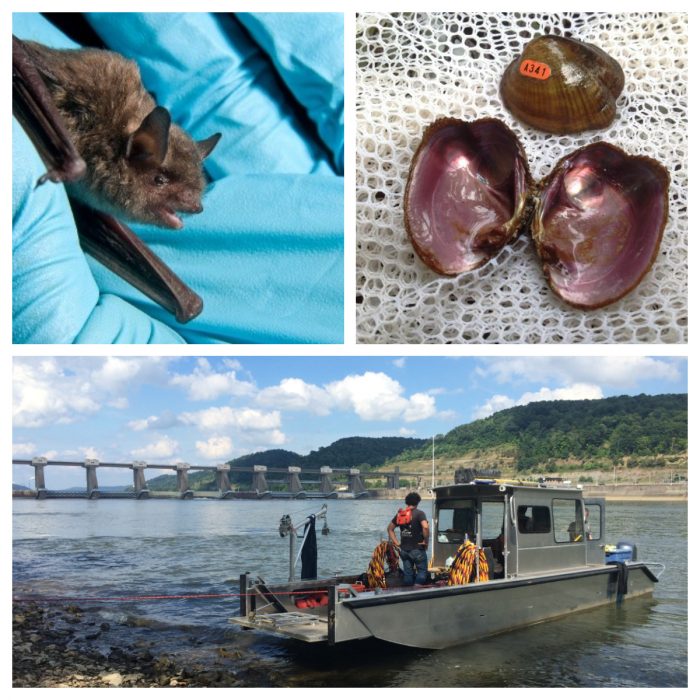
After receiving substantial input from their 2017 public inquiry into how the Endangered Species Act could be improved, the U.S. Fish and Wildlife Service (USFWS) and the National Oceanic and Atmospheric Administration’s National Marine Fisheries Service (NOAA Fisheries) jointly announced this September revisions to regulations that implement portions of the Endangered Species Act. These changes aim to better implement and improve collaboration, efficiency, and effectiveness.
As announced by the USFWS, firstly, the agencies are finalizing changes to some of the parameters under which other federal agencies must consult with the Service and NOAA Fisheries to ensure their actions do not jeopardize the continued existence of listed species, or destroy or adversely modify critical habitat. The agencies are also finalizing various measures to clarify and improve some of the standards under which listings, delisting, and reclassifications, and critical habitat designations are made.
Additionally, USFWS is changing its approach to applying protections to threatened species to align its practice with NOAA Fisheries so the two agencies are consistent in their application of this provision of the Endangered Species Act (ESA). The Service is removing its blanket rule under section 4(d) of the ESA that automatically conveys the same protections for threatened species as for endangered species. This change will not affect the protections for species currently listed as threatened, but will ensure that species listed as threatened in the future receive the protections tailored to the species’ individual conservation needs.
These changes are being finalized following a transparent public process, resulting in regulations that are clear and will be effective in advancing their ultimate goal of recovery.
For more information, visit: https://www.fws.gov/endangered/improving_ESA/regulation-revisions.html
The following information from USFWS summaries the changes to the ESA legislation:
Changes to 50 CFR
Listing Delisting, or Reclassifying species
- Creates a regulatory framework for the phrase “foreseeable future”
- Clarifies that the standard for listing and delisting of species is the same
- Removes reference to economic or other impacts classification decisions
Criteria for Designating Critical Habitat
- Clarifies when the designation of critical habitat may not be prudent
- Revises the process and standards for designation of unoccupied critical habitat
- Revises the definition of physical or biological features
Revisions to 50 CFR 402
The revisions are as follows:
- Addresses alternative consultation mechanisms
- Defines “programmatic consultation”
- Allows the Services to adopt all or part of a Federal agency’s initiation package in their biological opinions
- Inserts a new provision—expedited consultation—to offer opportunities to streamline consultation in certain circumstances
- Revises the definitions of “destruction or adverse modification” and “effects of the action”
- Revises the definition of “effects of the action”
- Introduces the word “consequences” as part of the definition
- Inserts a new section that clarifies factors to consider for “Activities reasonably certain to occur”
- Established a standalone definition for “environmental baseline”
- Clarified what information is needed to initiate a consultation
- Addresses certainty of mitigation proposed by action agencies as follows:
§ 402.14 (g)(8) “Measures included in the proposed action or a reasonable and prudent alternative that are intended to avoid, minimize or offset the effects of an action are considered like other portions of the action and do not require any additional demonstration of binding plans.”
- Otherwise improves the consultation process
- Addition of the 60-day timeline for concurrence letters
- The 60-day timeframe may be extended upon mutual consent of the USFWS, Federal agency, and applicant (if involved), but shall not exceed 120 days total
- Also clarifies that request for concurrence must contain similar information as that required for a formal consultation
- Clarifies the analytical steps the Services undertake in formulating a biological opinion
- Clarifies that reinitiation of consultation applies to all 7(a)(2) consultations (acknowledges court rulings and practice)
- Eliminates need to reinitiate consultation on certain land management plans upon the listing of new species or designation of new critical habitat
- Changes to 4(d) Rule 50 CFR Part 17 (USFWS Only)
- Rescinds current regulations that automatically apply prohibitions for endangered species to threatened species
- Protections for species listed as threatened in the future will be made on a case-by-case basis tailored to what is necessary and advisable for that species
EnviroScience has over 30 years of experience navigating ESA legislation. View our list of services and how we can help keep your projects on track: https://www.enviroscienceinc.com/services/threatened-endangered-species/



